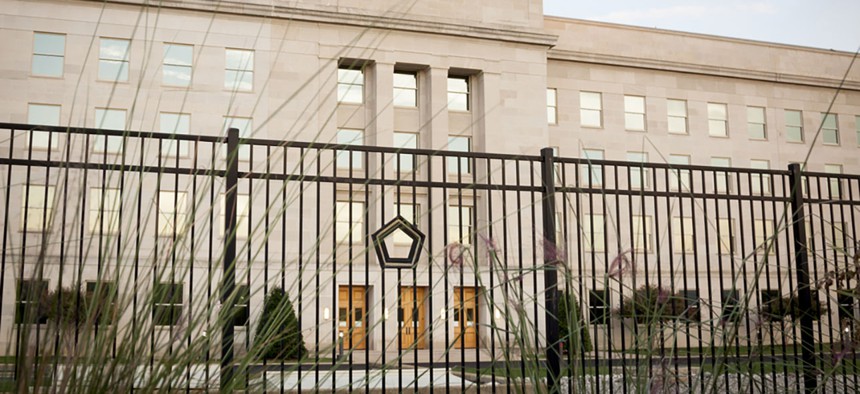
Glynnis Jones / Shutterstock.com
What Happened at the Defense Department During the 2013 Shutdown
Contractors and civilian employees will see furloughs.
Yes, I’m sick of writing about potential government shutdowns, but alas, here we go again. Since the fundamental issues creating the gridlock are largely the same, let’s flash back to 2013, the last time the government did in fact shut down.
That 16-day shutdown affected the entire defense enterprise, from the Pentagon to contractors. While the military remained on duty, most Pentagon civilians were initially furloughed. Those who weren’t furloughed included employees at organizations — like U.S. Transportation Command — who are paid using working capital fund coffers.
Days into the shutdown, Lockheed Martin said it would start furloughing some 3,000 employees because the government facilities where they worked were closed — and that more would be idled if the shutdown dragged on. Similarly, United Technologies, then-owner of helicopter maker Sikorsky, planned to furlough 5,000 workers.
Then Defense Secretary Chuck Hagel recalled most of Pentagon civilians a few days into the shutdown, and Lockheed dropped its number of employees impacted to 2,400, most of whom worked in civil facilities.
As well:
- Flight testing was disrupted for the F-35 Joint Strike Fighter, the Pentagon’s largest program.
- Weapons production slowed at defense factories because of the absence of Defense Contract Management Agency inspectors.
- The Pentagon stopped announcing contract awards — although the process went on, and contracts were finally announced after the shutdown ended.
To sum it up, a shutdown is not good for business. Wall Street analysts say defense stocks may avoid a downturn in a shortish shutdown, but the longer it goes, the worse it gets.







